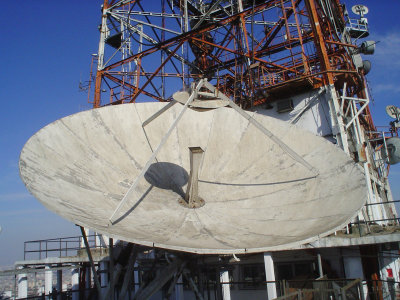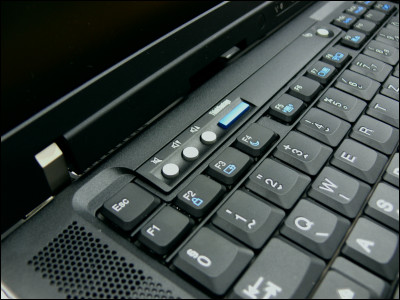To NTT DoCoMo's demonstration experiment of "LTE-Advanced" which is even faster than "Xi", the communication standard of "4 th generation mobile phone (4 G)"

NTT DoCoMo's high-speed communication service "Xi (Crossy)" started from December last year is based on the communication standard called "LTE (Long Term Evolution)" which extended the current 3G, but by further improving It was announced that a demonstration experiment of a communication standard called "LTE-Advanced" to realize further high speed will be conducted.
By the way, "LTE-Advanced" greatly surpasses ordinary home optical fiber,"WiMAX 2" realizing ultra-communication speed of 330 Mbps maximum for downlinkAs with the fourth generation mobile phone (4G) communication standards.
Details are as below.
Press release: Acquire a preliminary license for the experiment of the 4th generation mobile communication system LTE-Advanced | Notice | NTT DoCoMo
According to NTT Docomo's press release, the company announced on January 27, 2011 a preliminary license for the experimental radio station of the fourth generation mobile communication system "LTE-Advanced" in Yokosuka City, Kanagawa Prefecture and Sagamihara City from Kanto General Communications Bureau It is said that he got. We will start demonstration experiments in the area as soon as we receive the license of the Experimental Testing Authority.
"LTE-Advanced" is a more sophisticated communication system while maintaining compatibility with "LTE", an experiment of indoor signal transmission under a simulated environment by wired connection using a verification experiment system developed in 2010 , We succeeded in signal transmission at about 1 Gbps downstream and about 200 Mbps upstream.
And in the demonstration experiment conducted this time, using the demonstration experiment system, radio transmission experiment in the actual use environment in the DoCoMo R & amp; D center and its surroundings (in Yokosuka city) and in the urban area of Sagamihara city .
One of the main technologies of "LTE-Advanced", LTE frequency block (channel bandwidth: up to 20 MHz for both uplink and downlink) called component / carrier while maintaining compatibility with LTE, "Frequency broadening (carrier / aggregation)" aiming at broadening the band by bundling them. In the demonstration experiment, the downlink is bundled up to 100 MHz and the uplink is bundled to broaden the bandwidth up to 40 MHz.

An experiment aiming at a transmission rate of about 200 Mbps in uplink in combination with frequency broadening in "MIMO technology" which carries out signal transmission using two transmitting antennas and two receiving antennas.
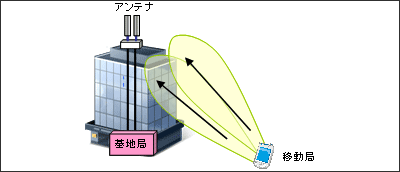
Experiment aiming at a transmission rate of about 1 Gbps on the downlink by combining MIMO technology which carries out signal transmission using four transmitting antennas at the base station and two receiving antennas at each mobile station and frequency broadening.
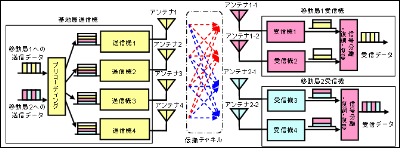
The same base station centrally controls a plurality of RREs (radio wave modulator / demodulator and radio equipment having a function to transmit and receive radio waves from the antenna, etc.) having different installation locations so that a plurality of cells collaborate to cause radio wave interference between the cells Technology that improves the transmission speed of mobile stations away from the base station. In the experiment, signal transmission using two RREs is performed.
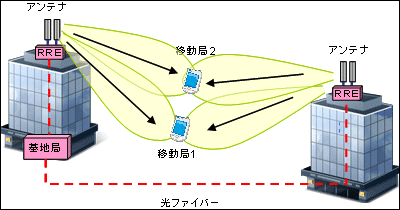
Experimental base station and mobile station look like this. In the outdoor field trials, mobile stations will be installed in vehicles.

Prior to service deployment WiMAX plans to start commercial service of "WiMAX 2" in 2012, but the day will come when it will be possible to shift from LTE which started service last at the end of the year to "LTE-Advanced" When will it be? Both are standards that realize the communication speed overwhelming the optical fiber (100 Mbps) of ordinary households, and I want to expect in the future.
Related Posts:
in Smartphone, Posted by darkhorse_log



